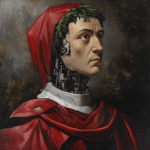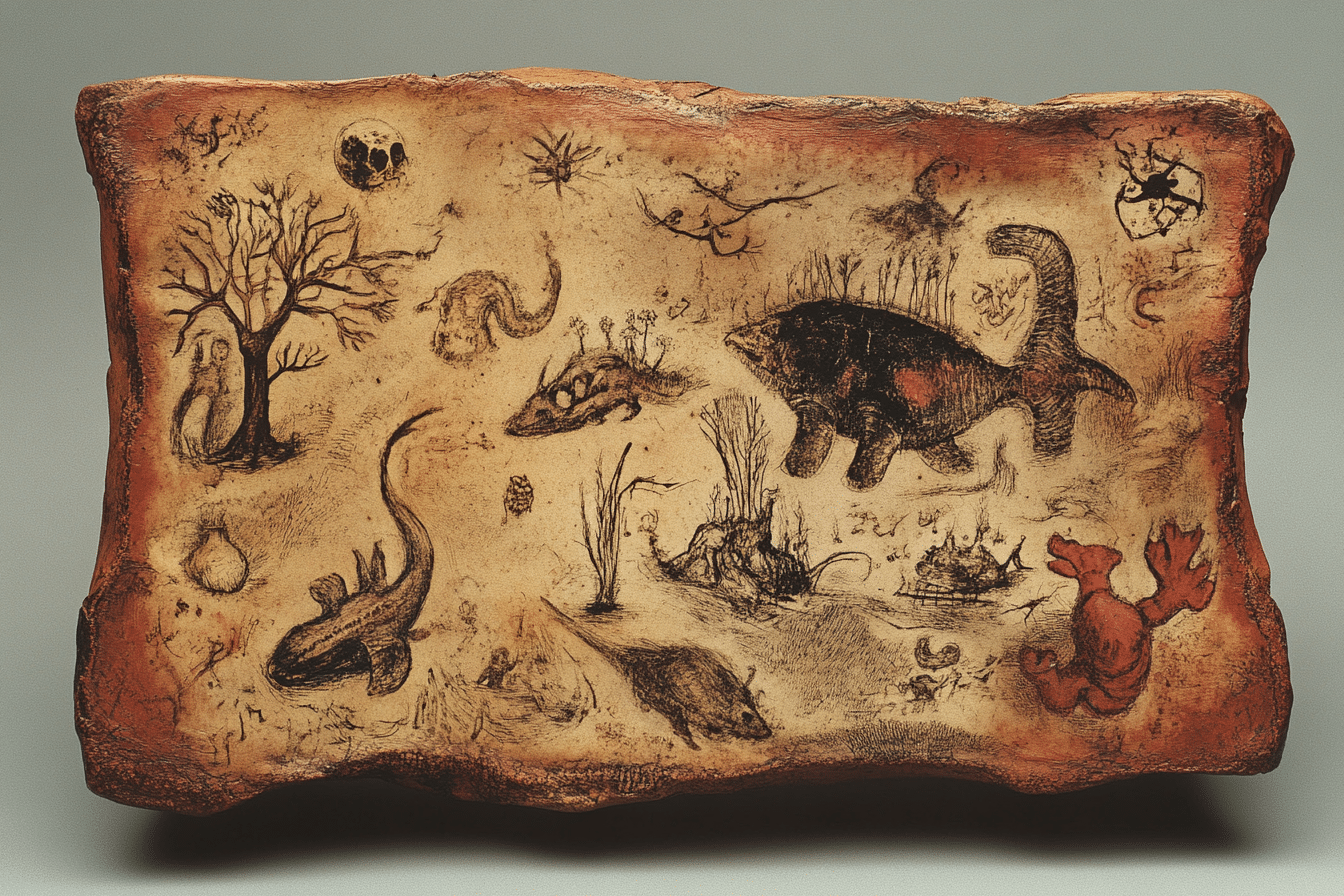Recently, an incredible discovery has shed light on the early creative stirrings of one of England’s most celebrated poets and artists, William Blake. A series of almost invisible engravings, dating back around 250 years to Blake’s teenage years, has been identified using advanced scanning technology. These delicate doodles, found on copper plates Blake worked on during his apprenticeship with engraver James Basire, reveal the first signs of a restless young artist who would redefine English literature and art.
Hidden Beginnings of a Visionary Artist
In the late 18th century, Blake began his career as an apprentice to James Basire, an established engraver who produced intricate pictorial prints widely used in illustrated books. During these formative years, Blake honed his technical skills and began exploring his artistic vision. While learning Basire’s craft, Blake practiced on copper plates, creating doodles that remained hidden for over two centuries. “I think he’s like any teenager, who possibly gets somewhat bored easily with doing this sort of very repetitious work, so he’s doodling away,” explained Mark Crosby, associate professor of literature at Kansas State University, who unearthed the engravings.
Discovering Blake’s Invisible Marks
Thanks to new high-resolution scanning technology at Oxford’s Bodleian Libraries, the engravings on the reverse sides of Basire’s plates were brought to light. The plates had been bequeathed to the Bodleian in 1809, yet the sketches were invisible to the naked eye until now. “When I first saw the face, it was a staggering moment. I almost fell off my chair,” Crosby recounted, describing the thrill of seeing Blake’s previously unknown creations. This hidden artwork includes a small face and an arrow, both motifs that would later become central to Blake’s work.
Motifs of a Master in the Making
Among the newly discovered sketches was an arrow, a motif frequently appearing in Blake’s mature work. Another engraving depicted a miniature face, perhaps hinting at the spiritual and humanistic themes that would characterize his later pieces, such as “The Tyger” and “Jerusalem.” Crosby emphasized that these early etchings provide a unique window into Blake’s artistic development, offering a rare glimpse into his creative process during his youth.
Insights into Blake’s Apprenticeship
Blake’s doodles also give insight into his apprenticeship with Basire, where he learned the disciplined technique required of an engraver but seemingly found opportunities to express his creativity on the side. “I was looking back at something that had been made 250-odd years ago that hadn’t been seen before,” Crosby reflected on the discovery. The etchings are a testament to Blake’s early inclination to infuse his work with personal symbolism, even during a time focused on repetition and mastering craft.
The discovery of William Blake’s early doodles offers a captivating perspective on his journey from apprentice engraver to visionary poet and artist. These nearly invisible etchings reveal the playful imagination of a young Blake, eager to imprint his creative spirit on even the most routine tasks. As Crosby’s research is soon to be published in two academic journals, this discovery not only enriches the legacy of William Blake but also reminds us of the enduring mark of youthful creativity.


